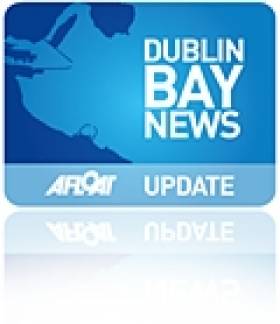Displaying items by tag: facilities
Bidding Begins for Shannon Harbour Houseboat Berths
#SHANNON - Waterways Ireland has just released details of its scheme for renting berths for houseboats on the Grand Canal at Shannon Harbour.
Under the scheme, boaters can rent one of eight fully-serviced berths for their houseboat on a 12-month extended term licence running from 15 March 2012 to 14 March 2013.
Amenities on-site include electricity supply, access to pumps and clean water, shower facilities and limited car parking. Pre-paid smart cards are required to utilise some facilities.
As space is limited, the berths will go to the highest bidders, with the minimum acceptable bid set at €1,250 (a security deposit of €250 is required).
It is expected that licence holders will live on board their vessels as their main residence. Winning bidders are also expected to arrange their own refuse collection from the site.
The closing date for bids is 23 February 2012. The Waterways Ireland website has the application form plus more information about the scheme and details of the licence agreement.
Dun Laoghaire Baths Plans to be Displayed
New plans for the Dun Laoghaire Baths are due to be displayed shortly in County Hall.
Proposals for the project, which is estimated to cost up to €21 million, include the retention and refurbishment of the existing baths pavilion to provide access to swimming and a paddling pool for children.
Also planned is a new structure behind the pavilion with toilet and changing facilities, storage lockers, and a café and restaurant.
Facilities for thalassotherapy (sea water therapy) are also being mooted, as is a proposal to cover the DART line to provide a new forecourt to the People's Park.
For more information visit www.dlrcoco.ie.

























































